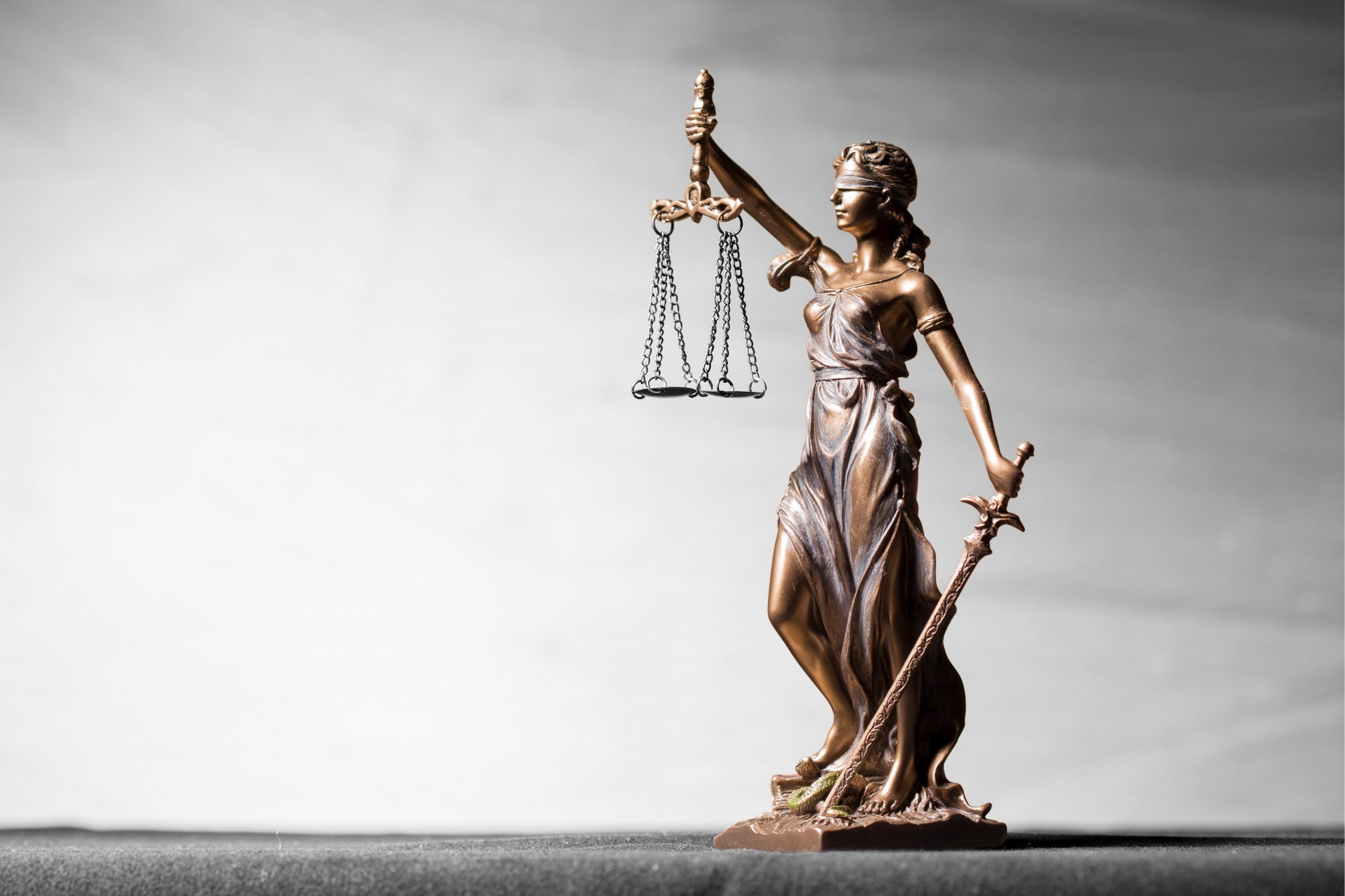On January 28, 2021, a U.S. district court judge issued a summary judgment order finding that the STEM OPT (Optional Practical Training for science, technology, engineering, and mathematics students) program is a valid exercise of authority under the Immigration and Nationality Act. This means that both the 12-month OPT and STEM OPT extension programs are lawful.
The plaintiff, Washington Alliance of Technology Workers, has appealed.
Details:
- Memorandum opinion, Washington Alliance of Technology Workers v. DHS, https://bit.ly/2MaCWRv


